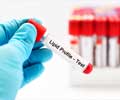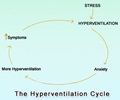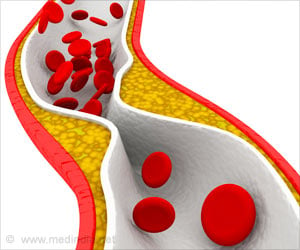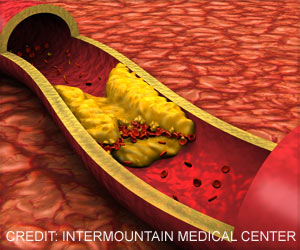A team of University of Houston researchers are trying to determine whether fat cells can help beef up heart muscles damaged by heart attack.
A study to determine whether fat cells can help beef up heart muscles damaged by heart attack has been undertaken by a team of University of Houston researchers.
Associate Professor Stanley Kleis and his colleagues in the Department of Mechanical Engineering at the Cullen College of Engineering say that they do see the promise of using adipose-derived stromal cells (ADSCs), which are found in fatty tissue, as a therapy for heart attack patients.The heart cells do not get enough oxygen-rich blood when a patient has a heart attack, and some of them die, leaving behind damaged tissue.
The researchers say that the ADSCs, which are a bit like stem cells because of their potential to develop into different types of cells, can produce chemicals that may protect or rejuvenate heart muscles.
"If we can show this conclusively, then we can develop a procedure that doctors can use to inject the cells into a heart attack patient's heart and can either protect or even help regrow the heart muscles," Kleis said.
His team is using a palm-size "bioreactor", originally envisioned as a long-term cell culture system for use on NASA's unmanned spaceflights, as a tool for their study.
Kleis, who has worked with NASA for more than 20 years, said that the device could be used for a number of purposes, and the treatment of heart attack patients was one of them.
Advertisement
"While several studies have reported therapeutic effects after injections of different types of stromal and stem cells, the common beneficial factor or factors remain unclear. This is precisely what we would like to use the bioreactor to study - to find out how the stromal cells work," the researcher said.
Advertisement
During the study, the researchers deprived canine cardiomyocytes of oxygen for 24 hours, introduced the stromal cells, and then cultured the combination of cells for another 24 hours under normal oxygen levels.
"It is this re-oxygenation phase that normally does damage to the cardiomyocytes. But, with the stromal cells present we see a reduction in cell damage. The cardiomyocytes not treated with ADSCs showed apoptosis - programmed cell death - at 15 percent; whereas, the ones that were co-cultured showed it at 3 percent," Kleis said.
He said that his team was planning further research to identify more precisely the mechanisms involved in reducing cell death using the ADSCs.
"What we want to do from here is to identify the growth factors present in the co-culture that are not present or at the same levels in the normal culture. We can then try to get similar damage reductions using just the growth factors to see if we can develop a drug treatment rather than having to do co-cultures," he said.
Source-ANI
RAS/SK














